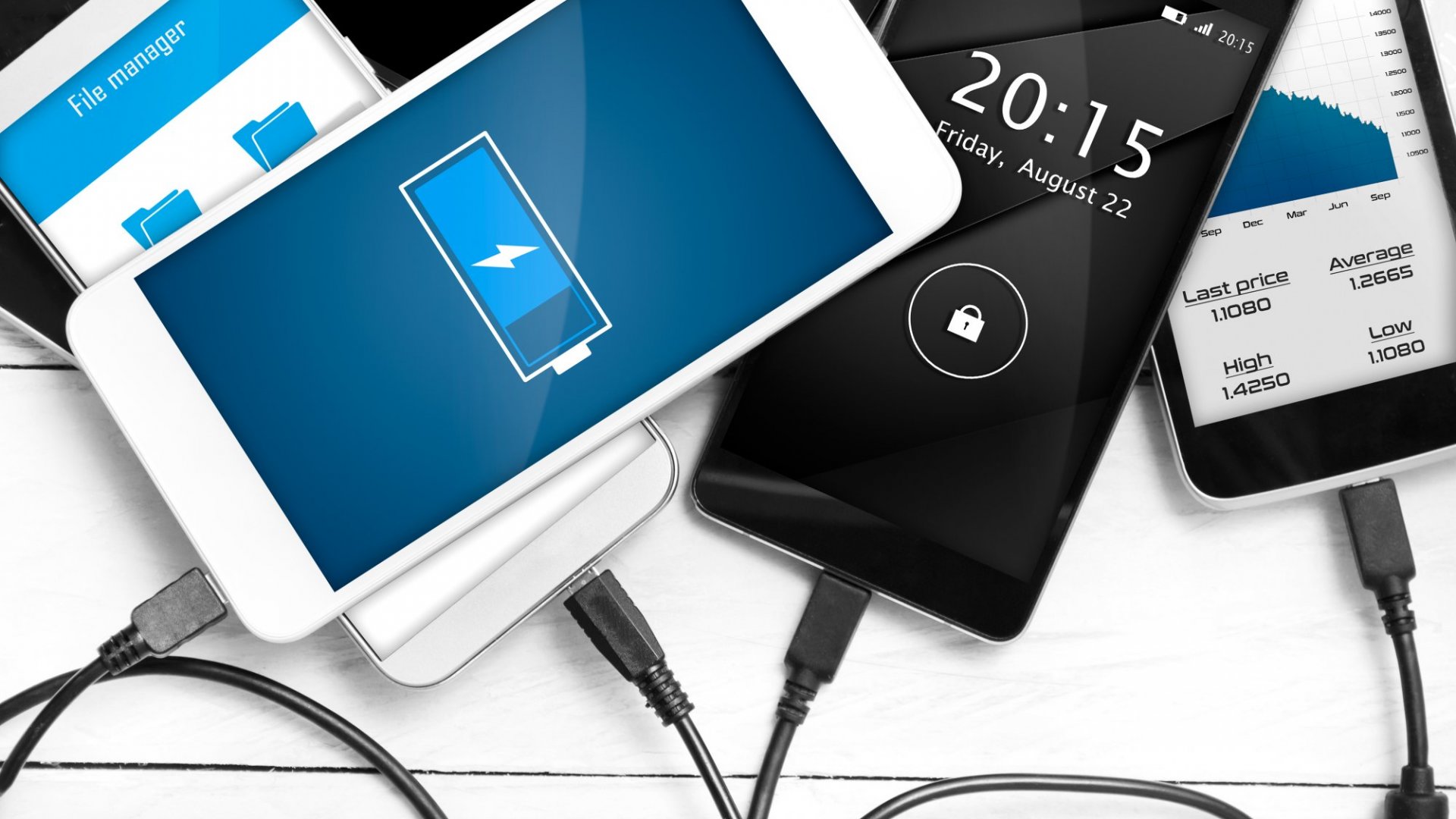Traveling in today’s fast-paced world means staying connected at all times, whether for work or pleasure. Keeping your tech devices charged and ready to go is essential for a smooth and enjoyable trip. This comprehensive guide will explore various strategies, tools, and tips to ensure your devices never run out of power when you need them most.
Understanding Your Device’s Power Needs
Before you can effectively keep your devices charged, it’s crucial to understand their power requirements. Different devices—smartphones, tablets, laptops, cameras—have different power needs, which are primarily dictated by their battery size and type. Typically, a device’s power requirement is mentioned in its user manual or can be found on the product’s details page online. Knowing the power specifications helps in selecting the right charger and power bank that matches the energy demands of your devices.
Most modern devices use lithium-ion batteries which offer higher efficiency and longer life spans but require careful handling to maintain their efficacy. Overcharging, using incompatible chargers, or exposing the batteries to extreme temperatures can degrade battery capacities prematurely. Therefore, having a clear understanding of your device’s battery type and charging requirements is pivotal in ensuring its longevity and functionality during your travels.
An often overlooked aspect of device charging is the power output of USB ports, which varies significantly. Standard USB 2.0 ports typically deliver up to 2.5 Watts of power, whereas USB 3.0 can offer up to 4.5 Watts. More recent advancements like USB-C can provide much higher power levels, up to 100 Watts. Thus, using the appropriate USB port for charging can dramatically affect charging times and efficiency, ensuring your devices are charged more quickly and safely.
Choosing the Right Portable Chargers and Power Banks
Portable chargers and power banks are a traveler’s best friend, providing an external source of power when wall outlets are not available. When choosing a power bank, consider its capacity, which is measured in milliampere-hours (mAh). A higher capacity means more charges for your devices, but also a heavier weight to carry. For most smartphones, a power bank with 10,000 to 20,000 mAh should suffice, but if you are also charging larger devices like tablets or laptops, look for options above 20,000 mAh.
Another consideration is the number of output ports. A power bank with multiple ports can charge several devices simultaneously, reducing the time you spend tethered to a charging station. Also, check the output specifications of each port. Some power banks offer different outputs tailored for smartphones versus tablets and laptops, optimizing the charging speed for each type of device.
Recent developments in battery technology have also introduced features like fast charging and pass-through charging, which can be incredibly beneficial for travelers. Fast charging technologies, like Qualcomm’s Quick Charge or USB-Power Delivery (USB-PD), can charge devices up to four times faster than conventional charging, while pass-through charging allows you to charge both the power bank and your devices at the same time, streamlining the charging process.
Effective Use of Charging Accessories
To ensure the most efficient charging while traveling, pairing your devices with the right accessories is key. This includes using certified and compatible charging cables, multi-port charging stations, and universal travel adapters that fit various international socket types. Using non-certified cables can not only lead to slower charging times but also damage the battery or the device itself.
Multi-port charging stations are particularly useful in travel scenarios where access to multiple electrical outlets might be limited. These devices allow you to charge multiple devices from a single outlet. Look for a model with a high total wattage to support fast charging for several devices at once. Additionally, some models come with built-in surge protection, which safeguards your devices’ batteries from potential damage due to unstable voltage levels in some international locations.
When traveling internationally, a universal travel adapter is a must-have. These adapters can accommodate different electrical outlet types found across the world and usually come with multiple plug options. Some advanced models also include USB ports, adding the convenience of charging USB devices directly without needing extra converters.
Managing Device Usage to Conserve Battery Life
While having the right tools to charge your devices is crucial, effectively managing how you use your devices can also play a significant role in conserving battery life. Simple adjustments like reducing screen brightness, turning off background applications, and disabling Wi-Fi and Bluetooth when not in use, can significantly extend the battery life of your devices.
Most modern devices also offer a ‘power-saving mode,’ which optimizes device settings to prolong battery life. This mode typically reduces screen brightness, limits app background activity, and turns off unnecessary features, allowing you to keep your device running longer. Knowing and activating these settings can be particularly useful in situations where you anticipate a long period without access to power sources.
Furthermore, it’s wise to prioritize device usage. For instance, if you know you’ll need your phone for navigation or emergency calls later in the day, avoid using it for high-energy-consuming tasks like gaming or streaming videos. Conserving your device’s energy for essential functions can prevent situations where you are left with a dead battery when you need your device the most.
Practical Tips for Charging While on the Move
Travel often involves long periods of transit where access to power might be limited. Having strategies for charging your devices in such situations can ensure you remain connected throughout your journey. Consider investing in a solar-powered charger if you are traveling to a sunny locale. These chargers convert sunlight into electricity, providing a sustainable source of power while outdoors.
For those spending long hours in a vehicle, a car charger is indispensable. Modern car chargers have multiple ports and offer fast-charging capabilities, allowing you and your passengers to charge multiple devices quickly. Also, if you are flying, many airplanes now include USB ports in their seats, so having a USB cable handy can keep your device powered throughout the flight.
Finally, it’s always a good practice to carry a fully charged power bank and a spare charging cable in your carry-on luggage. Unexpected delays or changes in travel plans can often leave you with more device downtime than anticipated. Being prepared will help ensure that your devices are always ready to go, no matter where your travels take you.









